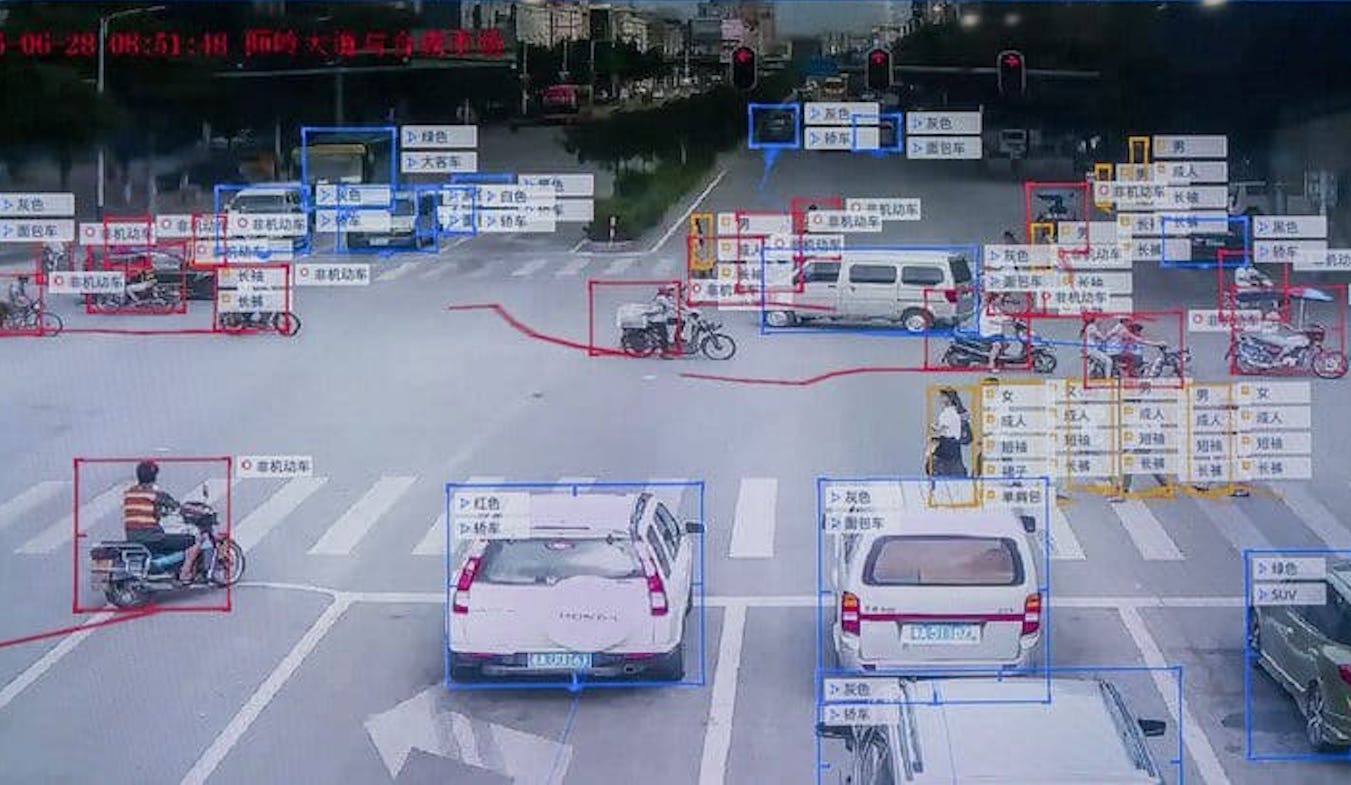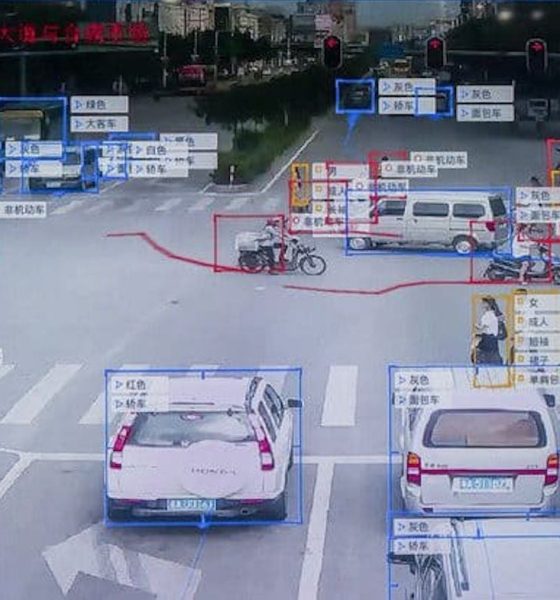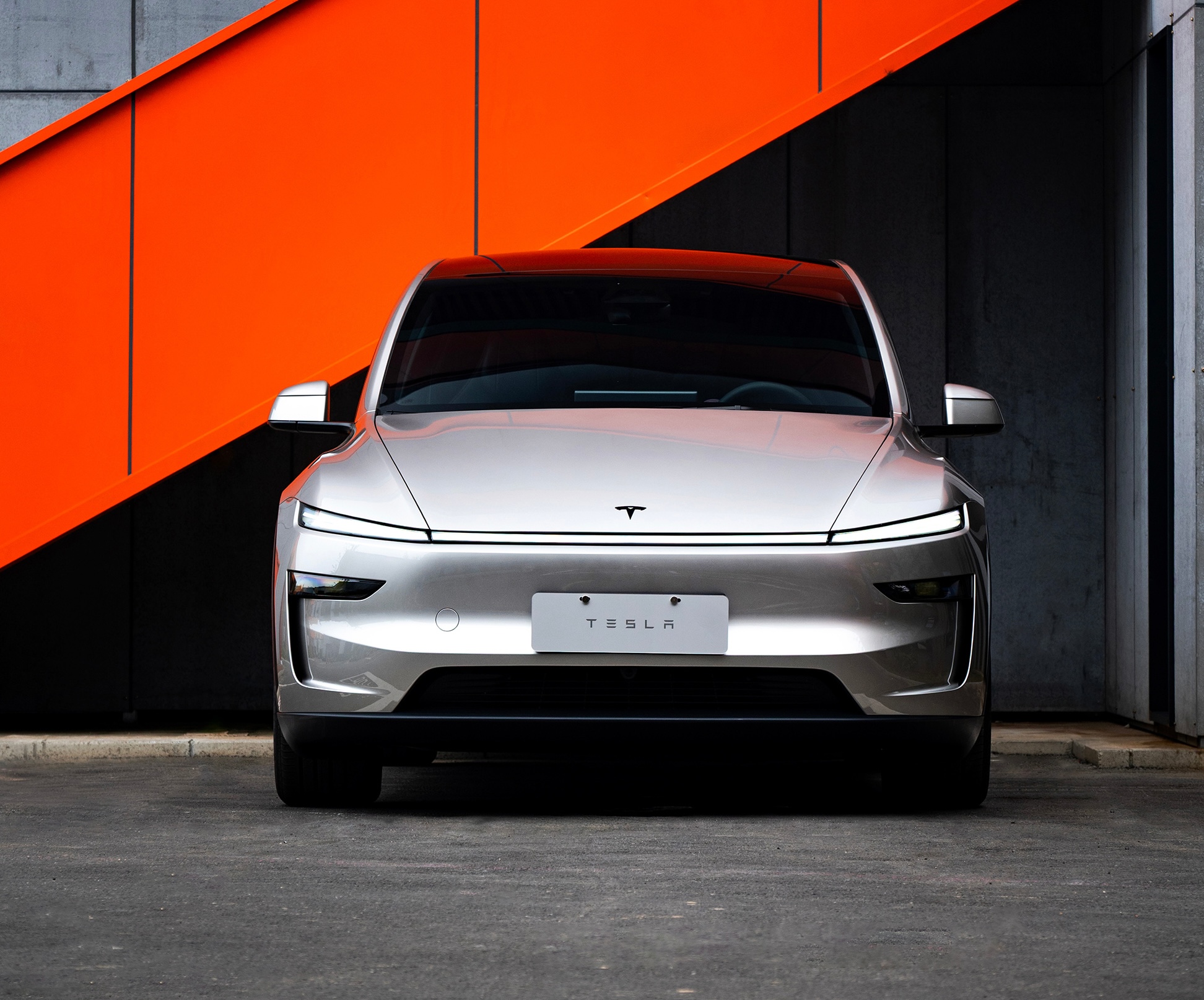

News
China’s people surveillance AI startup tops $4.5B valuation
Chinese AI startup SenseTime, a company that develops people surveillance software for the country’s law enforcement, recently finished a new funding round worth $600 million. The latest round, led by Chinese e-commerce giant Alibaba, raised SenseTime’s total valuation to over $4.5 billion.
According to CB Insights, an analyst firm, SenseTime’s total valuation today has made it the most valuable AI startup in the world. If any, the $600 million funding round proves that even private investors such as Alibaba are taking AI very seriously, and they are willing to provide resources to help companies such as SenseTime grow and thrive.
SenseTime’s business model for its AI solutions is very well balanced. On the one hand, it develops AI-powered services for mainstream smartphone makers such as Oppo and Vivo. Some of these services include the popular “Beautification” effects featured in the smartphone-makers’ camera applications. Even Chinese social media platforms such as Weibo adopt this technology in some form, through the use of AR filters developed by the startup.
- SenseTime’s AI surveillance solutions. [Credit: SenseTime/YouTube]
- SenseTime’s AI surveillance solutions. [Credit: SenseTime/YouTube]
- SenseTime’s AI surveillance solutions. [Credit: SenseTime/YouTube]
On the other hand, however, one of SenseTime’s main solutions is its people surveillance software, which is primarily used by Chinese law enforcement agencies. SenseTime’s AI is currently being used by the security bureau of Guangzhou, one of China’s biggest metropolitan areas with a population of roughly 25 million people. AI solutions include software that can match surveillance footage from crime scenes to criminal database photos. According to a report from The Verge, SenseTime’s people surveillance systems have managed to identify over 2,000 suspects and helped solve almost 100 cases to date.
Perhaps most remarkable about SenseTime is the short time it has taken the AI startup to become such a huge player in the artificial intelligence market. In a statement to the Financial Times, IDG partner Justin Niu stated that Chinese startups such as SenseTime have exhibited impressive growth over the years due to the booming surveillance market in China.
“SenseTime and its competitors can grow so fast compared to elsewhere in the world because video surveillance is a big deal in China, the government controls the budget, and there’s a huge budget for it so they can manage society,” Niu said.
The dash towards AI superiority could ultimately turn into a race between China and the United States. In this regard, China appears set to overtake the US. China has also announced its goal of being a world leader in artificial intelligence by 2030. In Beijing alone, plans are underway to develop and construct a 54.87-hectare tech park that would house up to 400 businesses. Companies in the tech park would delve in the development high-speed big data, cloud computing, biometrics, and most of all, machine-enabled deep learning.
This does not mean that the United States is not taking AI seriously, however. In a recent report, we noted that Michael D. Griffin, undersecretary of defense for research and engineering, recently stated that advancements in artificial intelligence would be valuable in future warfare.

Investor's Corner
Tesla gets bold Robotaxi prediction from Wall Street firm
Last week, Andrew Percoco took over Tesla analysis for Morgan Stanley from Adam Jonas, who covered the stock for years. Percoco seems to be less optimistic and bullish on Tesla shares, while still being fair and balanced in his analysis.

Tesla (NASDAQ: TSLA) received a bold Robotaxi prediction from Morgan Stanley, which anticipates a dramatic increase in the size of the company’s autonomous ride-hailing suite in the coming years.
Last week, Andrew Percoco took over Tesla analysis for Morgan Stanley from Adam Jonas, who covered the stock for years. Percoco seems to be less optimistic and bullish on Tesla shares, while still being fair and balanced in his analysis.
Percoco dug into the Robotaxi fleet and its expansion in the coming years in his latest note, released on Tuesday. The firm expects Tesla to increase the Robotaxi fleet size to 1,000 vehicles in 2026. However, that’s small-scale compared to what they expect from Tesla in a decade.
Tesla expands Robotaxi app access once again, this time on a global scale
By 2035, Morgan Stanley believes there will be one million Robotaxis on the road across multiple cities, a major jump and a considerable fleet size. We assume this means the fleet of vehicles Tesla will operate internally, and not including passenger-owned vehicles that could be added through software updates.
He also listed three specific catalysts that investors should pay attention to, as these will represent the company being on track to achieve its Robotaxi dreams:
- Opening Robotaxi to the public without a Safety Monitor. Timing is unclear, but it appears that Tesla is getting closer by the day.
- Improvement in safety metrics without the Safety Monitor. Tesla’s ability to improve its safety metrics as it scales miles driven without the Safety Monitor is imperative as it looks to scale in new states and cities in 2026.
- Cybercab start of production, targeted for April 2026. Tesla’s Cybercab is a purpose-built vehicle (no steering wheel or pedals, only two seats) that is expected to be produced through its state-of-the-art unboxed manufacturing process, offering further cost reductions and thus accelerating adoption over time.
Robotaxi stands to be one of Tesla’s most significant revenue contributors, especially as the company plans to continue expanding its ride-hailing service across the world in the coming years.
Its current deployment strategy is controlled and conservative to avoid any drastic and potentially program-ruining incidents.
So far, the program, which is active in Austin and the California Bay Area, has been widely successful.
News
Tesla Model Y L is gaining momentum in China’s premium segment
This suggests that the addition of the Model Y L to Tesla China’s lineup will not result in a case of cannibalization, but a possible case of “premiumization” instead.

Tesla’s domestic sales in China held steady in November with around 73,000 units delivered, but a closer look at the Model Y L’s numbers hints at an emerging shift towards pricier variants that could very well be boosting average selling prices and margins.
This suggests that the addition of the Model Y L to Tesla China’s lineup will not result in a case of cannibalization, but a possible case of “premiumization” instead.
Tesla China’s November domestic numbers
Data from the a Passenger Car Association (CPCA) indicated that Tesla China saw domestic deliveries of about 73,000 vehicles in November 2025. This number included 34,000 standard Model Y units, 26,000 Model 3 units, and 13,000 Model Y L units, as per industry watchers.
This means that the Model Y L accounted for roughly 27% of Tesla China’s total Model Y sales, despite the variant carrying a ~28% premium over the base RWD Model Y that is estimated to have dominated last year’s mix.
As per industry watcher @TSLAFanMtl, this suggests that Tesla China’s sales have moved towards more premium variants this year. Thus, direct year-over-year sales comparisons might miss the bigger picture. This is true even for the regular Model Y, as another premium trim, the Long Range RWD variant, was also added to the lineup this 2025.
November 2025 momentum
While Tesla China’s overall sales this year have seen challenges, the Model Y and Model 3 have remained strong sellers in the country. This is especially impressive as the Model Y and Model 3 are premium-priced vehicles, and they compete in the world’s most competitive electric vehicle market. Tesla China is also yet to roll out the latest capabilities of FSD in China, which means that its vehicles in the country could not tap into their latest capabilities yet.
Aggregated results from November suggest that the Tesla Model Y took the crown as China’s #1 best-selling SUV during the month, with roughly 34,000 deliveries. With the Model Y L, this number is even higher. The Tesla Model 3 also had a stellar month, seeing 25,700 deliveries during November 2025.
Cybertruck
Tesla Cybertruck earns IIHS Top Safety Pick+ award
To commemorate the accolade, the official Cybertruck account celebrated the milestone on X.

The Tesla Cybertruck has achieved the Insurance Institute for Highway Safety’s (IIHS) highest honor, earning a Top Safety Pick+ rating for 2025 models built after April 2025.
The full-size electric pickup truck’s safety rating is partly due to the vehicle’s strong performance in updated crash tests, superior front crash prevention, and effective headlights, among other factors. To commemorate the accolade, the official Cybertruck account celebrated the milestone on X.
Cybertruck’s IIHS rating
As per the IIHS, beginning with 2025 Cybertruck models built after April 2025, changes were made to the front underbody structure and footwell to improve occupant safety in driver-side and passenger-side small overlap front crashes. The moderate overlap front test earned a good rating, and the updated side impact test also received stellar marks.
The Cybertruck’s front crash prevention earned a good rating in pedestrian scenarios, with the standard Collision Avoidance Assist avoiding collisions in day and night tests across child, adult crossing, and parallel paths. Headlights with high-beam assist compensated for limitations, contributing to the top award.
Safest and most autonomous pickup
The Cybertruck is one of only two full-size pickups to receive the IIHS’ Top Safety Pick + rating. It is also the only one equipped with advanced self-driving features via Tesla’s Full Self-Driving (Supervised) system. Thanks to FSD, the Cybertruck can navigate inner city streets and highways on its own with minimal supervision, adding a layer of safety beyond passive crash protection.
Community reactions poured in, with users praising the vehicle’s safety rating amidst skepticism from critics. Tesla itself highlighted this by starting its X post with a short clip of a Cybertruck critic who predicted that the vehicle will likely not pass safety tests. The only question now is, of course, if the vehicle’s Top Safety Pick+ rating from the IIHS will help the Cybertruck improve its sales.











